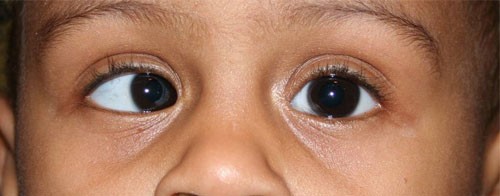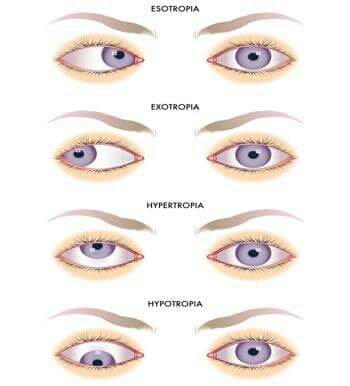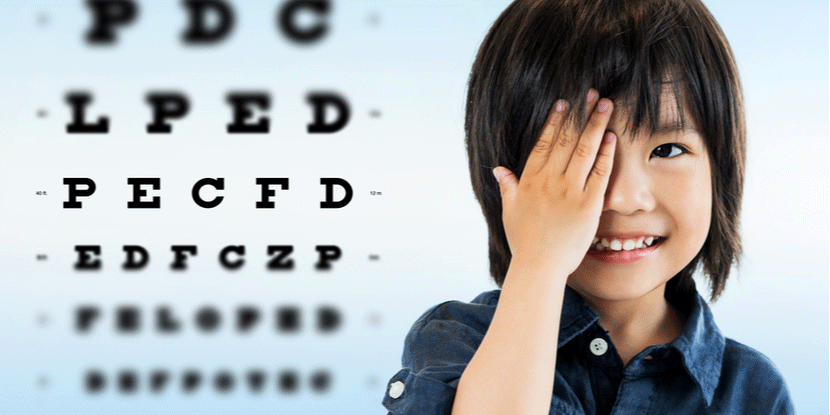Hello Reader,
Welcome once again to my blog, it is my fervent hope and prayer that we all are safe and sound and continue to do so even as we adhere to safety measures and protocols.
Today i would like us to take a look at strabismus, a very common occurrence in many individuals which has varying effects on vision and even psychology.
Introduction
Good vision develops during childhood when both eyes have normal alignment. Strabismus may cause reduced vision or amblyopia. The brain pays attention to the image of higher clarity and in alignment. In strabismus there is a misalignment of the eye. If a misaligned eye is consistently ignored during early childhood then the eye may fail to develop good vision, or may even lose vision.
Strabismus
Strabismus may simply be understood as misaligned eye, a more technical definition would be a misalignment of the visual axis such that they do not intersect at the point of fixation. In strabismus what happens is that the two eyes do not look at the same target at any point in time.
Sometimes this comes about because one eye is lazy and tends to be ignored by the brain however the possible causes vary and would be looked at shortly however the idea is there is a problem with physiology. There may also be a problem with the anatomy of the child or individual.
Causes
The most common cause of strabismus has to do with a defect with the muscle innervation of the 6 extraocular muscles that direct the movement of the eye to coordinate image visualization. In cases where the innervation is intact there may be issues with the muscles themselves.
Aside these, as already mentioned Lazy eye otherwise known as amblyopia could also result in strabismus especially in children when impulses to the brain is impaired such that the proper coordination is not developed. Conditions such as thyroid eye, cataract and even refractive errors may be attributed to strabismus development.
Signs and Symptoms
Strabismus tends to be quite obvious with it sign in that upon looking directly at the eye of the patient or individual one can simply tell that the eyes are not aligned and this does not require expertise in the field to tell. The patient may not be perturbed with the misalignment when the brain tries to compensate by ignoring one eye and which case he or she may not really complain about visual problems except perhaps their visual appearance.
In some patients though, reduced vision may be experienced, others may experience diplopia otherwise known as double vision whereas others may also experience what we term as confusion. In this case the individual eye looking at two separate images are fused together as one by the brain.
Treatment/ Management
The treatment process for strabismus will mainly focus on the cause of the misalignment upon identification by your optometrists or ophthalmologist. Management options may include the use of prisms, correction of refractive error, surgical correction on muscles and correction of lazy eye using different techniques including patching to force vision.
Conclusion
Strabismus is not much of a sight-threatening condition as compared to many other conditions and pathologies however research has shown that majority of these patients tend to have low self esteem as a result of their physical appearance hence the need to deal with the issue right to ensure productivity in the society. Seek care from your Optometrist or Ophthalmologist and they will be sure to help you get better.
Thanks for reading, stay safe and have a great week, Special thanks to my mentors and supporters @mcsamm, @tj4real, @armandosodano, @delilhavores, @gentleshaid, @agmoore. For further reading;
Helveston, Eugene M. “Understanding, detecting, and managing strabismus.” Community eye health vol. 23,72 (2010): 12-4.
https://www.umkelloggeye.org/conditions-treatments/strabismus




Interesting piece. I've always wondered about folks with this condition whether they have visual impairment or it's just an ordinary phenotype. Keep them coming bro!
Thanks for your contribution to the STEMsocial community. Feel free to join us on discord to get to know the rest of us!
Please consider supporting our funding proposal, approving our witness (@stem.witness) or delegating to the @stemsocial account (for some ROI).
Please consider using the STEMsocial app app and including @stemsocial as a beneficiary to get a stronger support.